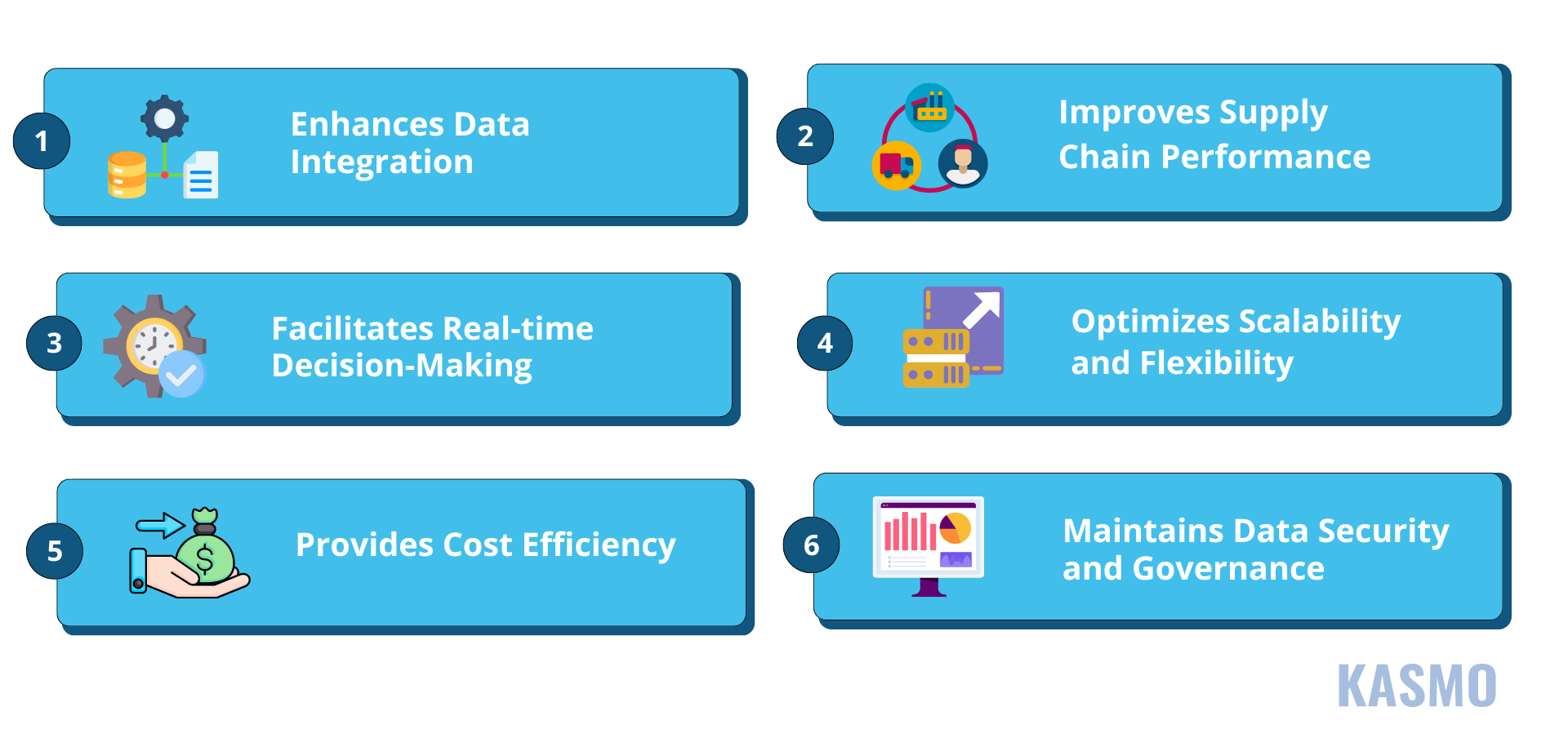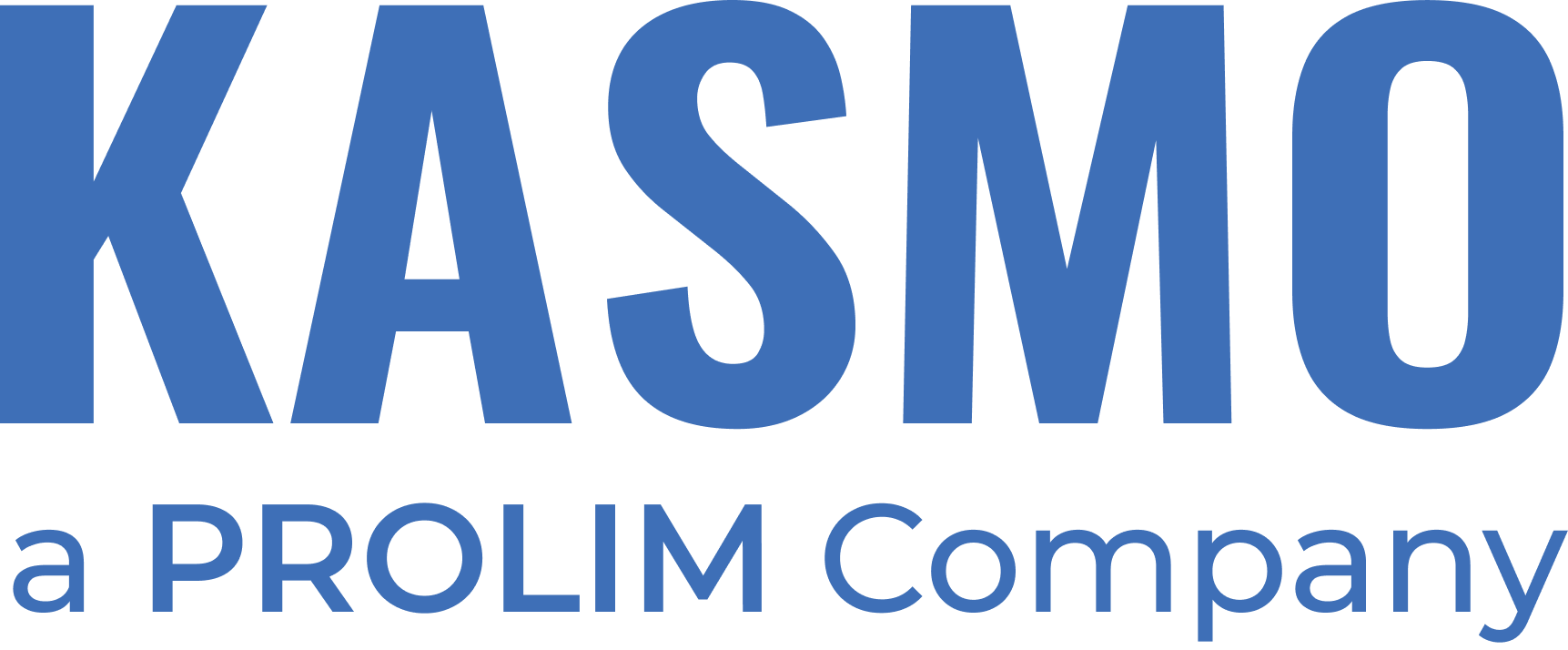Manufacturing Industry Outlook: A Brief Overview
The manufacturing industry is undergoing a remarkable transformation, overcoming hurdles like labor shortages and supply chain disruptions. Industrial goods production has exceeded pre-pandemic levels, fueled by the adoption of Industry 4.0 technologies such as robotics, IoT, data analytics, and augmented reality. This evolution towards “smart manufacturing”, propelled by manufacturing trends in 2024, is enhancing automation and connectivity.
While the COVID-19 pandemic’s impact lingers, new challenges and opportunities are emerging. The industry is focusing on business agility, workers’ safety, and adapting to a new environment with technology and automation playing pivotal roles in addressing these issues and unlocking unprecedented opportunities.
Manufacturing Trends 2024
In this section, we will discuss some of the most important and current manufacturing trends that every manufacturer needs to start implementing. Let’s begin:
Industrial IoT: The Next Best Solution for Manufacturers
The Industrial Internet of Things (IIoT) refers to networks of physical objects—such as machines, devices, cars, and appliances—equipped with sensors and software. These devices collect and exchange data over the internet, which helps manufacturers to perform predictive analysis. Kasmo leverages Snowflake AI Data Cloud to create unique and innovative solutions for manufacturers. Learn more.
Industrial manufacturers leverage IoT location data to track assets within their supply chains. They also monitor the temperature, humidity, and vibration frequencies of their machines, alerting users to potential failures or directly uploading software fixes. This data collection and analysis helps manufacturers refine product plans and pinpoint error-prone components.
Sustainability and Carbon Neutrality: Why Manufacturers Should Pay Attention?
One of the most popular manufacturing trends 2024 are sustainability and reducing carbon footprints. With ESG becoming a pressing matter, companies must begin to pay attention to how ecologically friendly some of the processes are and attempt at working toward carbon neutrality. Manufacturers need to comply with the sustainability standards for government, municipal, and institutional buyers.
Artificial Intelligence (AI): An Indispensable Part of Manufacturing Industry
AI in manufacturing can process a wide range of data in real-time. Industrial Internet of Things (IIoT) devices and sensors, information concerning machines, equipment, and production lines can be quickly gathered and an analysis of performance be made by AI algorithms.
It also helps to identify inefficiencies and equipment problems in manufacturing companies. The data can be preprocessed which helps machine learning models to make data-driven decisions. After analyzing these patterns, manufacturers can easily detect the quality problems at an early stage of production. Also, AI can help manufacturers make more efficient and effective decisions regarding supply chain, and help you stay alert about potential risks for employees’ health at work.
Digital-twin Technology: Manufacturers use this Cost-effective Technique
Digital twin technology offers a range of benefits across various applications.
- In prototyping and design, it allows manufacturers to create virtual duplicates of machine tools before physical production. This enables testing and prototyping in a virtual environment, helping engineers identify and address potential issues early on.
- It facilitates continuous performance monitoring of machine tools, which is crucial for maintaining efficiency and reducing unexpected downtime. By proactively identifying issues, manufacturers can implement predictive maintenance measures, thereby mitigating the risk of costly breakdowns.
- It enhances production efficiency by providing insights into the interactions among different components within the manufacturing ecosystem. This includes monitoring machine utilization and production output, which helps optimize operations, eliminate bottlenecks, and improve overall efficiency, leading to increased productivity and reduced operational costs.
- It enables precise analysis and simulation of machining processes, ensuring superior product quality and reducing costs. The use of digital twins in prototyping also minimizes product defects and accelerates time-to-market, contributing to significant cost reductions.
3D Printing: Look Before you Make!
3D printing or otherwise known as Additive Manufacturing is the fastest growing manufacturing technologies that have changed the way of doing business through flow of designing, prototyping and producing products. In intelligent manufacturing systems, there is a high incorporation of 3D printing since it offers a fast and accurate way of manufacturing small and complicated parts and components.
In traditional manufacturing methods, which includes injection molding, there are several limitations which are time consuming. On the contrary, 3D printing can produce complexity which saves time and revenue.
This technology is most advantageous to those industries that require such intricate parts for assembly such as the automotive industry and the healthcare industry. 3D printing also allows creating spare parts when necessary and does not require stocks, which helps optimize the supply chain.
Migrating Data to Cloud: Where is Your Data?
Before the pandemic, many organizations across various industries were hesitant to migrate to the cloud. Despite efforts from IT professionals and leaders, sectors like manufacturing were particularly wary of moving their data offsite, trusting remote sources, and setting up their processes in the cloud. However, the post-COVID landscape has significantly shifted this perspective, compelling these organizations to embrace cloud migration.
According to a report by Statista, the US manufacturing industry is expected to have 230,671 firms by 2026. This growing number of firms indicates the rising demand of users for more digital friendly and seamless experiences. The source of all the innovations is: data. Understanding the importance and value of data is crucial for manufacturers if they want to stay ahead in the market. Keeping stored data (both structured and unstructured) in on-premise, rigid infrastructure will be of no help to manufacturers.
Migrating your on-premise data to cloud is easy, secure and quick. Snowflake, a popular cloud platform, has a suite of resources that help manufacturers move data to cloud easily. Now improve asset management and maximize efficiency. Here are few more points to help you understand why migrating data to Snowflake cloud platform is a good idea:

Final Thoughts
As technology evolves, it is crucial to follow these latest manufacturing trends 2024, which helps manufacturers stay relevant in the market. Industrial IoT, AI, and digital twin technology are transforming conventional manufacturing procedures. Real time data analysis and predictive analysis helps the manufacturers to work better, increase the quality of product and reduce TCO. Current trends in manufacturing like 3D printers help enhance production lines, integrate intricate geometry and designs and manufacture products in less time when demand rises.
Sustainability and cloud migration are two of the most important trends manufacturers must follow. Cloud migration platforms like Snowflake empower manufacturers to store and scale data effectively. Following these trends help manufacturing companies adapt to the growing and changing market.



